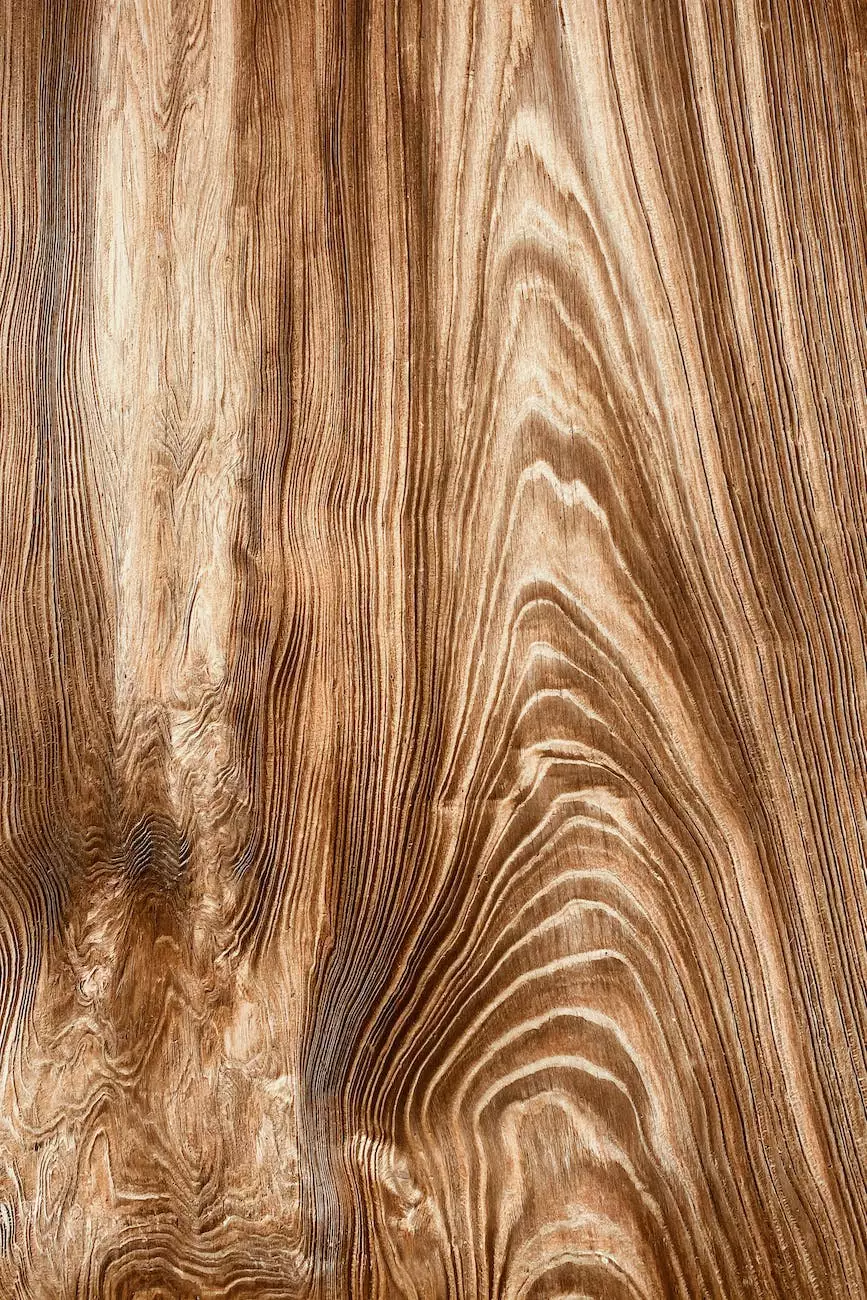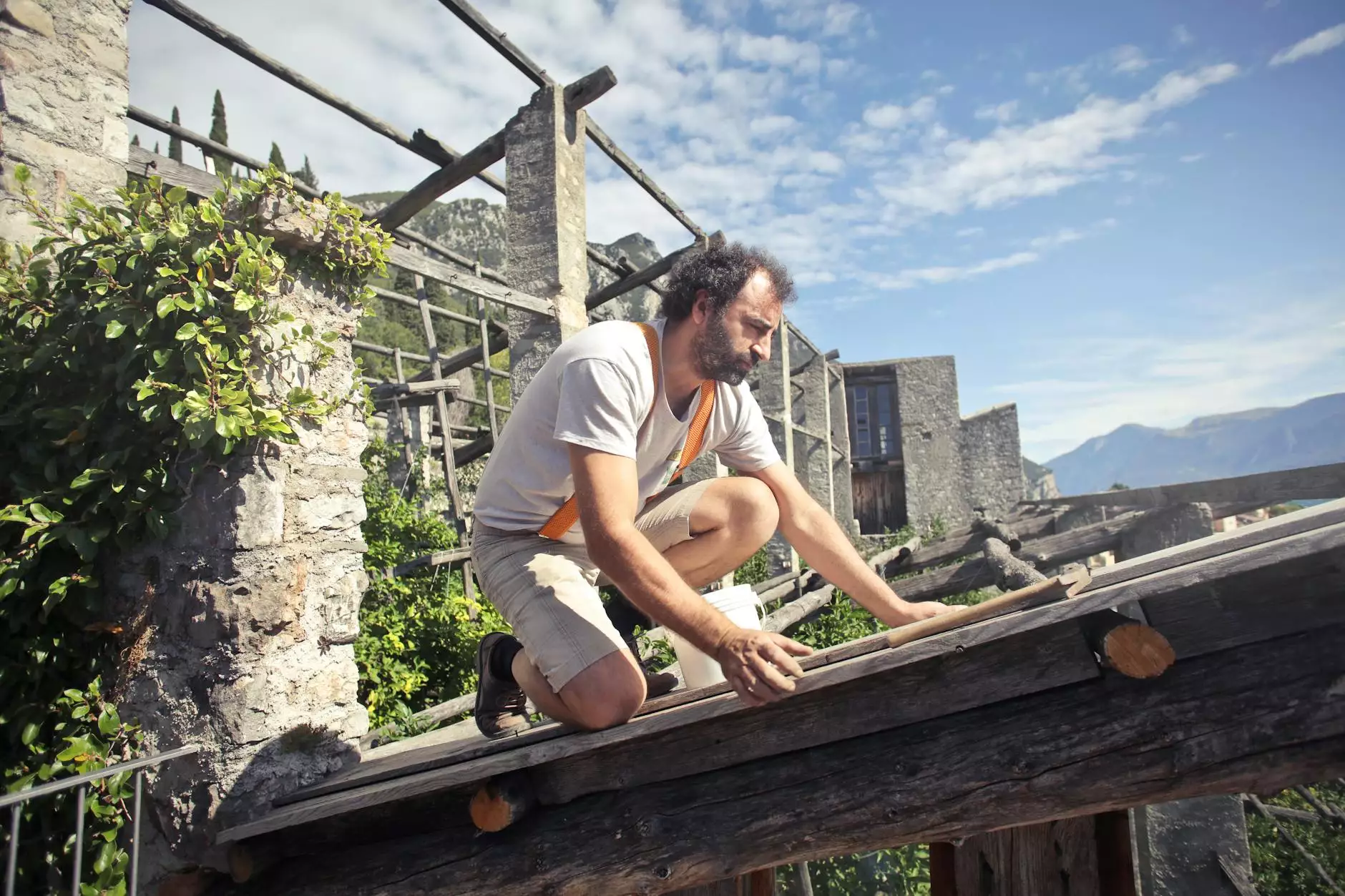How to Ventilate Solid Wood Soffits
Roof Ventilation
Introduction
Welcome to St Louis Premium Roofing, your trusted source for expert roofing solutions and advice. In this guide, we will discuss the importance of properly ventilating solid wood soffits and provide you with comprehensive insights and solutions to ensure optimal roof performance.
Understanding Soffit Ventilation
Soffit ventilation plays a crucial role in maintaining a healthy roof and preventing potential issues such as moisture build-up, rot, and mold growth. Solid wood soffits, being prone to moisture retention, require proper ventilation to preserve their structural integrity and prolong their lifespan.
The Benefits of Proper Soffit Ventilation
Properly ventilated solid wood soffits offer numerous benefits, including:
- Moisture Control: Adequate ventilation helps prevent moisture accumulation, minimizing the risk of rot and mold growth.
- Improved Energy Efficiency: Effective ventilation facilitates proper airflow, reducing energy consumption by improving overall attic temperature regulation.
- Extended Roof Lifespan: By mitigating moisture-related issues and controlling temperature fluctuations, ventilation helps prolong the lifespan of your roof.
Choosing the Right Ventilation System
There are various ventilation systems available for solid wood soffits. It is crucial to select the right system based on your specific needs and local climate. Let's explore some popular options:
1. Soffit Vents
Soffit vents are designed to be installed on the underside of the eaves, allowing fresh air to enter and circulate through the attic space. These vents are available in different types, including:
- Continuous Soffit Vents
- Individual Soffit Vents
- Undereave Vents
Consult with a professional roofer or contractor to determine the most suitable soffit vents for your specific needs.
2. Ridge Vents
Ridge vents work in conjunction with soffit vents to create a natural airflow system. Installed along the ridgeline of the roof, these vents allow hot air to escape from the attic while drawing in cooler air through the soffit vents.
Consider adding ridge vents as part of a comprehensive ventilation system, ensuring a balanced airflow throughout your attic space.
3. Gable Vents
Gable vents are installed in the gable walls of your property to promote cross-ventilation. They work well in combination with soffit and ridge vents to optimize airflow and maintain a healthy attic environment.
Discuss with your roofing professional whether gable vents are suitable for your specific roof design and house structure.
Installation and Maintenance
Proper installation and regular maintenance are crucial for ensuring the effectiveness of your soffit ventilation system. Follow these guidelines:
1. Installation
Hire a professional roofer or contractor experienced in soffit ventilation installations. They will ensure that the vents are installed correctly and in the appropriate locations to maximize effectiveness.
2. Inspection and Cleaning
Regularly inspect your soffit vents, removing any debris, pests, or obstructions that may hinder proper airflow. Clean the vents every six months to maintain optimal ventilation.
3. Monitor and Address Issues
Keep an eye out for signs of poor ventilation, such as musty odors, peeling paint, or excessive energy bills. If you suspect any issues, consult a professional to diagnose and address the problem promptly.
Conclusion
Properly ventilating solid wood soffits is vital for maintaining a healthy and long-lasting roof. St Louis Premium Roofing is here to assist you, providing the expertise and solutions you need to optimize your soffit ventilation system. Trust our experienced team to ensure the best results for your roofing project.










